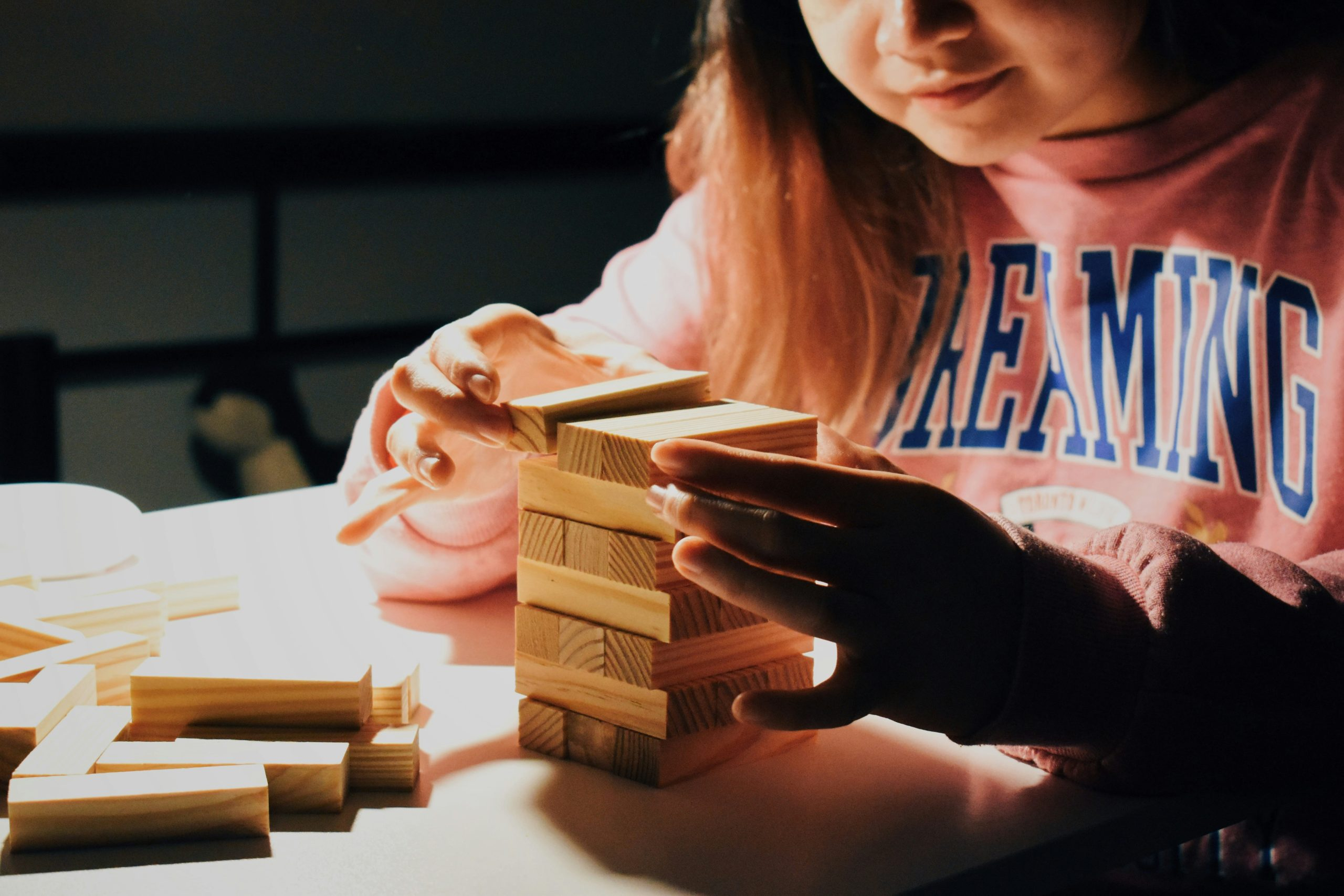Unlocking student potential with a growth mindset
As educators, our ultimate goal is to help students reach their full potential and become lifelong learners. While there is no one-size-fits-all approach to achieving this goal, research has shown that adopting a growth mindset can significantly impact student success. In this article, we will explore how unlocking student potential with a growth mindset can transform the learning experience and set students up for long-term success.
Understanding the Growth Mindset
First coined by Stanford psychologist Carol Dweck, the concept of a growth mindset is based on the belief that intelligence and abilities are not fixed, but rather can be developed through hard work, dedication, and a willingness to learn from mistakes. This contrasts with a fixed mindset, where individuals believe that their abilities are set in stone and cannot be changed. With a growth mindset, students are encouraged to view challenges as opportunities for growth, rather than obstacles to be avoided.
The Impact on Learning and Achievement
Students who have a growth mindset are more likely to embrace challenges, persist through obstacles, and put in the effort necessary to achieve their goals. This is because they understand that with hard work and perseverance, they can improve and reach their full potential. This mindset also helps students develop a love for learning, as it is no longer about being perfect or getting the highest grades, but rather about the process of learning and growing.
Furthermore, students with a growth mindset are more likely to bounce back from failure and setbacks. Instead of feeling defeated and giving up, they see failures as opportunities to learn and try again. This resilience is a crucial skill that not only helps students in their academic pursuits but also in all aspects of their lives.
How to Foster a Growth Mindset in the Classroom
As educators, we have a crucial role in fostering a growth mindset in our students. Here are some practical ways to create a growth mindset classroom:
1. Emphasize the Learning Process
Encourage students to focus on the process of learning rather than the end result. Celebrate efforts, progress, and perseverance instead of grades or scores. This will help students understand that their abilities can be developed through practice and hard work.
2. Provide Opportunities for Growth
Give students challenging tasks and assignments to help them develop critical thinking skills and exercise their problem-solving abilities. Create a classroom culture that values effort and encourages students to take risks and learn from their mistakes.
3. Praise the Right Things
When giving feedback, be sure to focus on the specific actions and efforts that led to success, rather than just praising the outcome. This will help students understand that their hard work and determination are what leads to success, not just innate abilities.
4. Model a Growth Mindset
As educators, we must lead by example. Share your own challenges and mistakes with your students and model how to learn from them. Embrace a growth mindset and demonstrate to your students that learning is a continuous process that involves taking on new challenges and growing from them.
The Bottom Line
The impact of a growth mindset on student success cannot be overstated. By fostering a growth mindset in the classroom, we can help our students unlock their full potential and become confident, resilient, and motivated learners. So let us lead the way in creating a generation of lifelong learners who are not afraid to take on challenges and strive for continuous growth and improvement.










